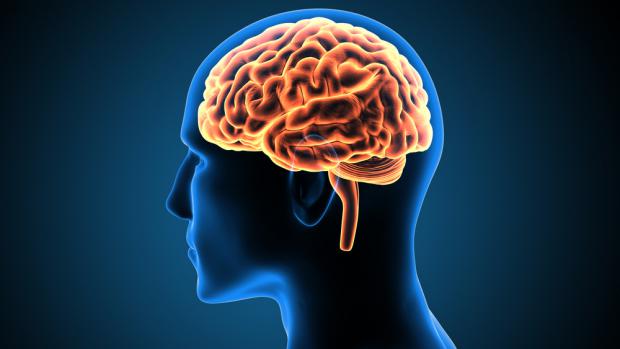
Breaking News
 MTG Pushes a "Tax Revolt" in 2026 Over Fraud, Foreign Wars. Have Americans Finally Had Eno
MTG Pushes a "Tax Revolt" in 2026 Over Fraud, Foreign Wars. Have Americans Finally Had Eno
 How To Find a Place To Live After the Economy Crashes
How To Find a Place To Live After the Economy Crashes
 How Europe Became a Battlefield for Someone Else's War
How Europe Became a Battlefield for Someone Else's War
Best 38 Special Ammo for Snubbies: Self-Defense and Range Day Ammo
Top Tech News
 Kawasaki's four-legged robot-horse vehicle is going into production
Kawasaki's four-legged robot-horse vehicle is going into production
 The First Production All-Solid-State Battery Is Here, And It Promises 5-Minute Charging
The First Production All-Solid-State Battery Is Here, And It Promises 5-Minute Charging
 See inside the tech-topia cities billionaires are betting big on developing...
See inside the tech-topia cities billionaires are betting big on developing...
 Storage doesn't get much cheaper than this
Storage doesn't get much cheaper than this
 Laser weapons go mobile on US Army small vehicles
Laser weapons go mobile on US Army small vehicles
 EngineAI T800: Born to Disrupt! #EngineAI #robotics #newtechnology #newproduct
EngineAI T800: Born to Disrupt! #EngineAI #robotics #newtechnology #newproduct
 This Silicon Anode Breakthrough Could Mark A Turning Point For EV Batteries [Update]
This Silicon Anode Breakthrough Could Mark A Turning Point For EV Batteries [Update]
 Travel gadget promises to dry and iron your clothes – totally hands-free
Travel gadget promises to dry and iron your clothes – totally hands-free
 Perfect Aircrete, Kitchen Ingredients.
Perfect Aircrete, Kitchen Ingredients.
 Futuristic pixel-raising display lets you feel what's onscreen
Futuristic pixel-raising display lets you feel what's onscreen
Scientists on Quest to Decode the Human Brain – And Read People's Minds

For the first time, the thoughts and impressions of people unable to communicate with the outside world were translated into continuous natural language, using a combination of artificial intelligence (AI) and brain imaging technology.
This is the closest science has yet come to reading someone's mind. While advances in neuroimaging over the past two decades have enabled non-responsive and minimally conscious patients to control a computer cursor with their brain, HuthLab's research is a significant step closer towards accessing people's actual thoughts. As Alexander Huth, the neuroscientist who co-led the research, told the New York Times: "This isn't just a language stimulus. We're getting at meaning – something about the idea of what's happening. And the fact that's possible is very exciting."
Combining AI and brain-scanning technology, the team created a non-invasive brain decoder capable of reconstructing continuous natural language among people otherwise unable to communicate with the outside world. The development of such technology – and the parallel development of brain-controlled motor prosthetics that enable paralyzed patients to achieve some renewed mobility – holds tremendous prospects for people suffering from neurological diseases including locked-in syndrome and quadriplegia.
In the longer term, this could lead to wider public applications such as Fitbit-style health monitors for the brain and brain-controlled smartphones. On January 29, Elon Musk announced that his Neuralink tech startup had implanted a chip in a human brain for the first time. He had previously told followers that Neuralink's first product, Telepathy, would one day allow people to control their phones or computers "just by thinking".
But alongside such technological developments come major ethical and legal concerns. It's not only privacy but the very identity of people that may be at risk. As we enter this new era of so-called mind-reading technology, we will also need to consider how to prevent its potential to help people being outweighed by its potential to do harm.



